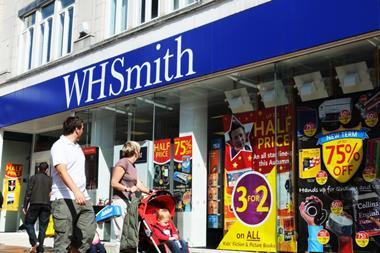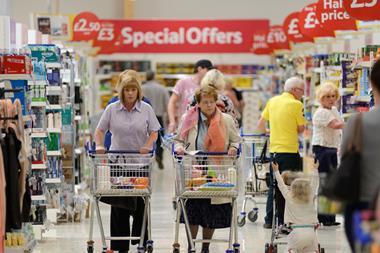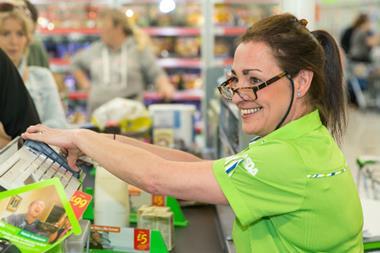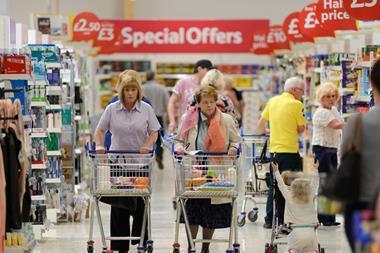
Retailers have suffered the worst drop in footfall for nearly eight years, with figures showing a long-term trend of falling shopper numbers affecting all sectors of the market.
According to the latest Springboard report by the BRC, footfall was down 6% year on year in March, the steepest fall since the end of 2010.
Growth fell in all shopping destinations, with the high street seeing a decline of 8.6%, retail parks 1.8% and shopping centres 4.8%.
There was no growth in footfall for any of the UK regions, with most notable year-on-year declines witnessed in Greater London (-7.5%), the South East (-6.5%) and East Midlands (-5.6%).
Retail leaders said that while bad weather had not helped, there were deeper causes of the alarming drift in shopper numbers.
“While the prolonged period of bad weather has had an impact on shoppers visiting the high street, we are seeing a longer-term trend of reduced footfall which highlights that shoppers face more choice in terms of how, where and when they shop,” said BRC chief executive Helen Dickinson.
“The retail environment is changing and retailers are investing in innovation and technology adaptations in response to this. Policy-makers must also play their part with a vision for a modern business taxation system which reflects this new environment.”
The 12-month average for the BRC report now stands at a fall of 1.4%.
“The severe weather put paid to any glimmer of hope for an uplift in shopper activity in March,” said Diane Wehrle, Springboard marketing and insights director. “Hitting the week following the pay day weekend was the worst timing possible as it meant that shoppers who had available budget deferred trips.
“A proportion of this was made up over Easter, with footfall in shopping centres and retail parks rising from last Easter, but this was more than offset by the impact of the heavy rain on high streets. Indeed, throughout the month we were able to track the impact on footfall each day as adverse weather moved across the UK.
“Comparing the weekly trend with annual change in footfall enables us to see the fundamentals underlying shopper activity. So while footfall was hit hard in the first week of the month, declining by -17.1% from the week before, it bounced back, rising by +25.5% in the second week and by an average of +2.3% over the month, demonstrating that deferred trips were reinstated when the weather improved.”
Wehrle added that the figures were a result of “low consumer confidence arising from ongoing economic constraints attached to current price inflation and concern for the future, exacerbated by the underlying structural shift in consumer habits away from purely transaction-based activity towards activity with a leisure focus.”
Clive Black, analyst at Shore Capital, said: “There is no disguising overall shopper numbers were down in March and the timing of the early Easter and yet more unseasonal weather didn’t help either the retail or leisure sectors. It will be interesting to see how the April footfall data fares with more favourable seasonal weather and whether we will see a release of pent-up consumer demand, given the recent rises in consumer confidence and the fact that recent inflation data suggests living standards are starting to stabilise.”



















No comments yet